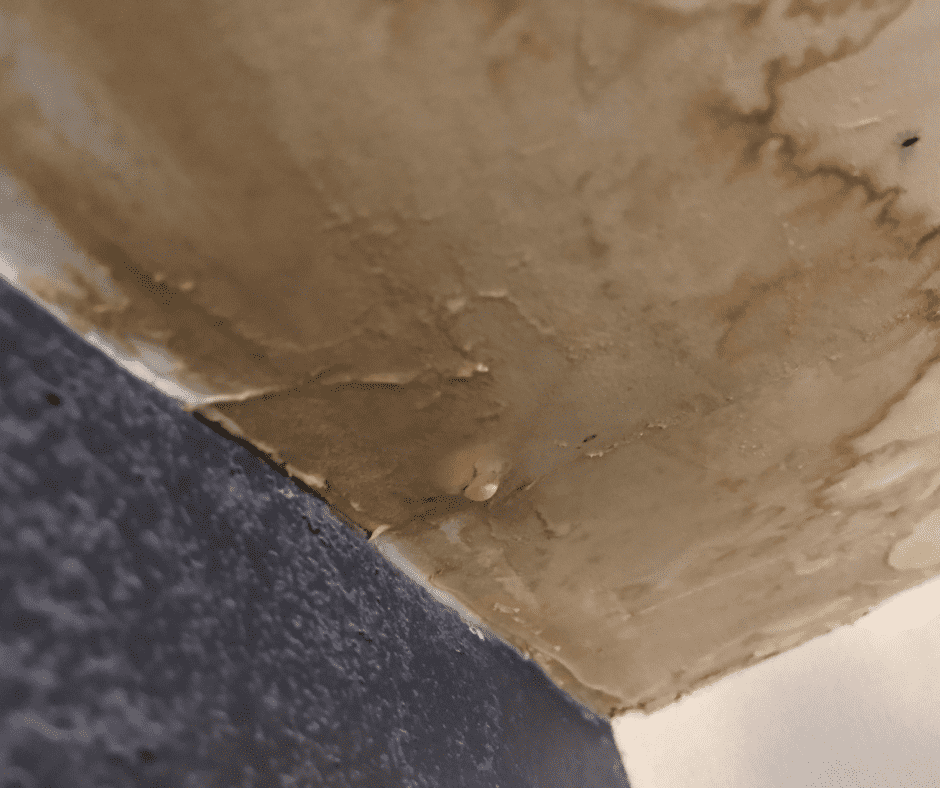Signs of Mold - How to Know if You Have Mold
Mold is a common issue that can affect homes, leading to various health problems and structural damage if left unaddressed. Identifying the signs of mold early on is crucial for effective mold remediation and ensuring a healthy living environment.
In this article, we will explore the different signs of mold in homes and discuss why prompt action is necessary. Let’s dive in!

What is Mold?
Mold is a type of fungus that thrives in moist and humid environments. It reproduces by releasing spores into the air, which can then settle and grow in various areas of a home.
Identifying the signs of mold early is essential to prevent its spread and potential health hazards.
Signs of Mold in Homes
Visible Mold Growth
Musty Odor
One of the first signs of mold in a home is a persistent musty odor. If you notice a damp, earthy smell that lingers for a while, it may indicate the presence of mold.
The odor is often more noticeable in enclosed spaces such as basements, attics, or areas with poor ventilation.
Not only that but mold can also affect clothing, fabrics, and other porous materials. You would sense a persistent musty smell on your clothes, towels, or upholstery, even after washing.
And lastly, sometimes there may not be a musty, rotten smell, but just a bad indoor air quality in general, with a stuffy or stale atmosphere. This is also a sign something is wrong.
Health Problems
- Allergic reactions
Individuals sensitive to mold may experience allergic reactions when exposed to mold spores. Common symptoms include sneezing, coughing, watery eyes, nasal congestion, or skin rashes.
If you or your family members experience these symptoms consistently at home but not elsewhere, it could be a sign of mold presence.
- Respiratory issues
Prolonged exposure to mold can lead to respiratory problems. Wheezing, difficulty breathing, chest tightness, or persistent coughing may indicate the inhalation of mold spores and the need for mold remediation.
- Other health problems
Besides allergic reactions and respiratory issues, mold exposure has been associated with more severe health conditions, including chronic sinus infections, asthma exacerbation, and even fungal infections in individuals with weakened immune systems.
Property Damage
- Stains and discoloration on walls
Mold growth often results in stains and discoloration on walls, ceilings, or other surfaces.
These stains may appear green, black, brown, or yellow, depending on the type of mold. Pay attention to any unusual discoloration, particularly in areas with poor ventilation or frequent moisture exposure.
-
Peeling paint or wallpaper
Mold growth can cause paint or wallpaper to peel or bubble. Bubbling or cracking on painted surfaces or wallpaper that is peeling off indicate mold growth underneath.
-
Structural damage
As mold grows and spreads, it can cause structural damage to your home. It can weaken walls, ceilings, and floors, leading to structural integrity issues.
Sagging, bulging, or crumbling surfaces call for further investigation.
Water Damage
All of the above signs may not be caused by mold. Instead, they may indicate a hidden water leak.
However, that leak will eventually lead to mold development because of what we said earlier – mold thrives in damp environments.
Areas with water damage, such as busted pipe leaks, are highly susceptible to mold growth. If your home has experienced water-related issues in the past, closely inspect these areas.
High Humidity
High humidity levels promote mold growth in homes. Use a hygrometer to measure the humidity levels in different areas of your home. Ideally, indoor humidity should be kept below 50% to discourage mold growth. Consider using dehumidifiers or improving ventilation in humid areas.
One of the signs of high humidity levels is excessive condensation on windows, pipes, or other surfaces.
Condensation occurs when warm, moist air comes into contact with cooler surfaces. Monitor areas prone to condensation and take steps to reduce humidity levels.
FAQs
1. Can I remove mold by cleaning it with bleach?
While bleach can temporarily remove mold stains, it does not kill mold spores effectively. The root cause of the problem is usually not located on the surface.
Instead, the cause may be a leak behind walls. If you do not repair that leak for good, all of that cleaning with bleach would just be a waste of time since mold would simply grow again within a few days.
2. How long does it take to remediate mold in a home?
The time to remediate mold in a home depends on the extent of the infestation and the underlying cause. It can range from a few days to several weeks.
3. Is mold always visible?
No, mold can grow behind walls, under carpets, or in hidden areas where it may not be immediately visible.
4. Can I test for mold myself?
While DIY mold testing kits are available, it’s best to consult professionals for accurate mold testing and assessment. They have the expertise to identify the type of mold and recommend appropriate mold remediation methods.
5. How can I prevent mold growth in my home?
To prevent mold growth, control humidity levels, fix water leaks promptly, ensure proper ventilation, and maintain a clean and dry environment. Regular inspections and addressing moisture issues are key to mold prevention.
Wrapping up
From musty odors and visible mold growth to allergic reactions and respiratory issues, being vigilant about these mold signs can help you address mold-related problems promptly. Remember, mold remediation should be carried out by professionals to ensure thorough and effective removal of all risks.
Read more:
The post Signs of Mold – How to Know if You Have Mold appeared first on Water Damage Restoration Los Angeles CA.
from Water Damage Restoration Los Angeles CA https://ift.tt/wTyAVPL


